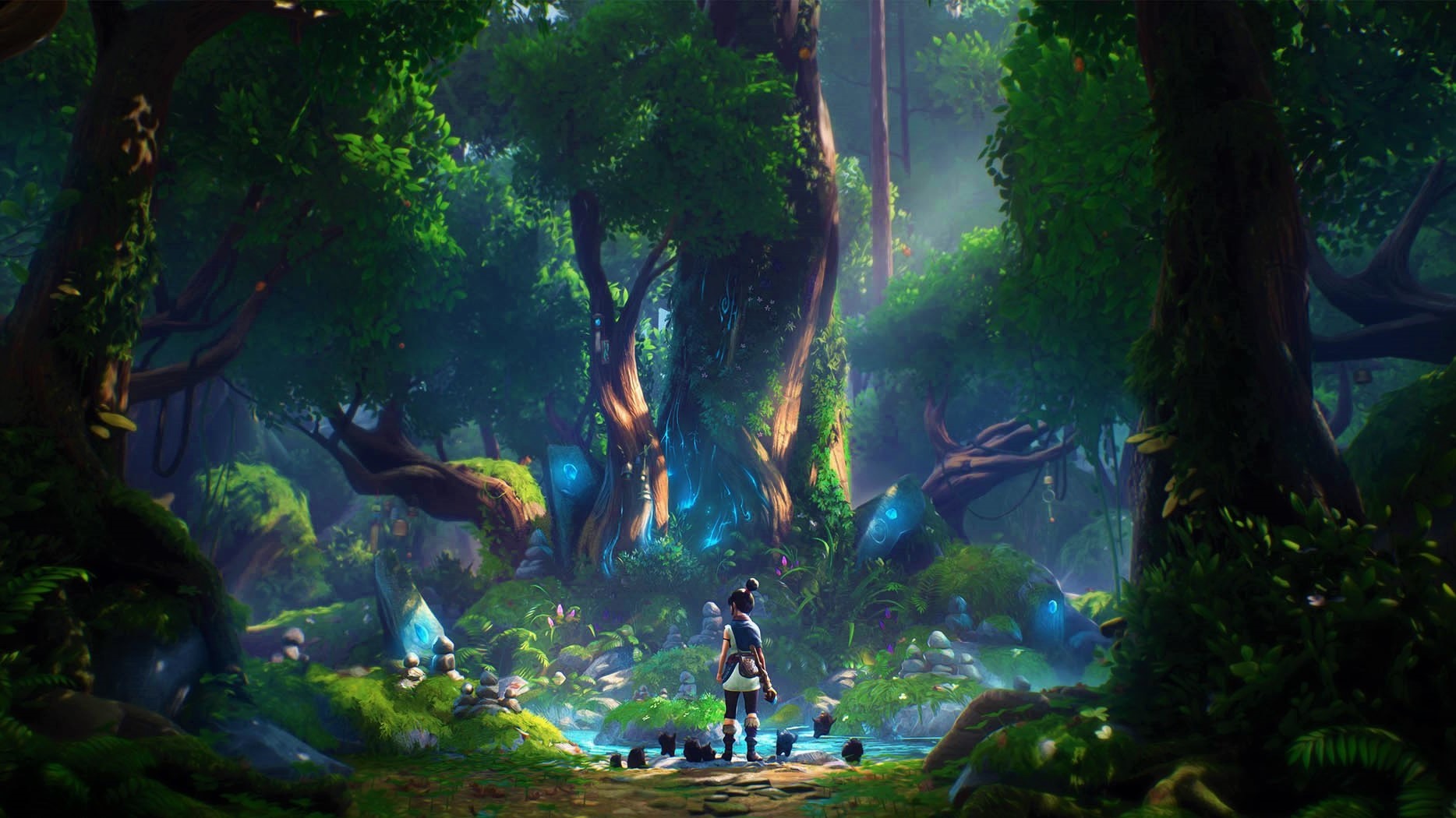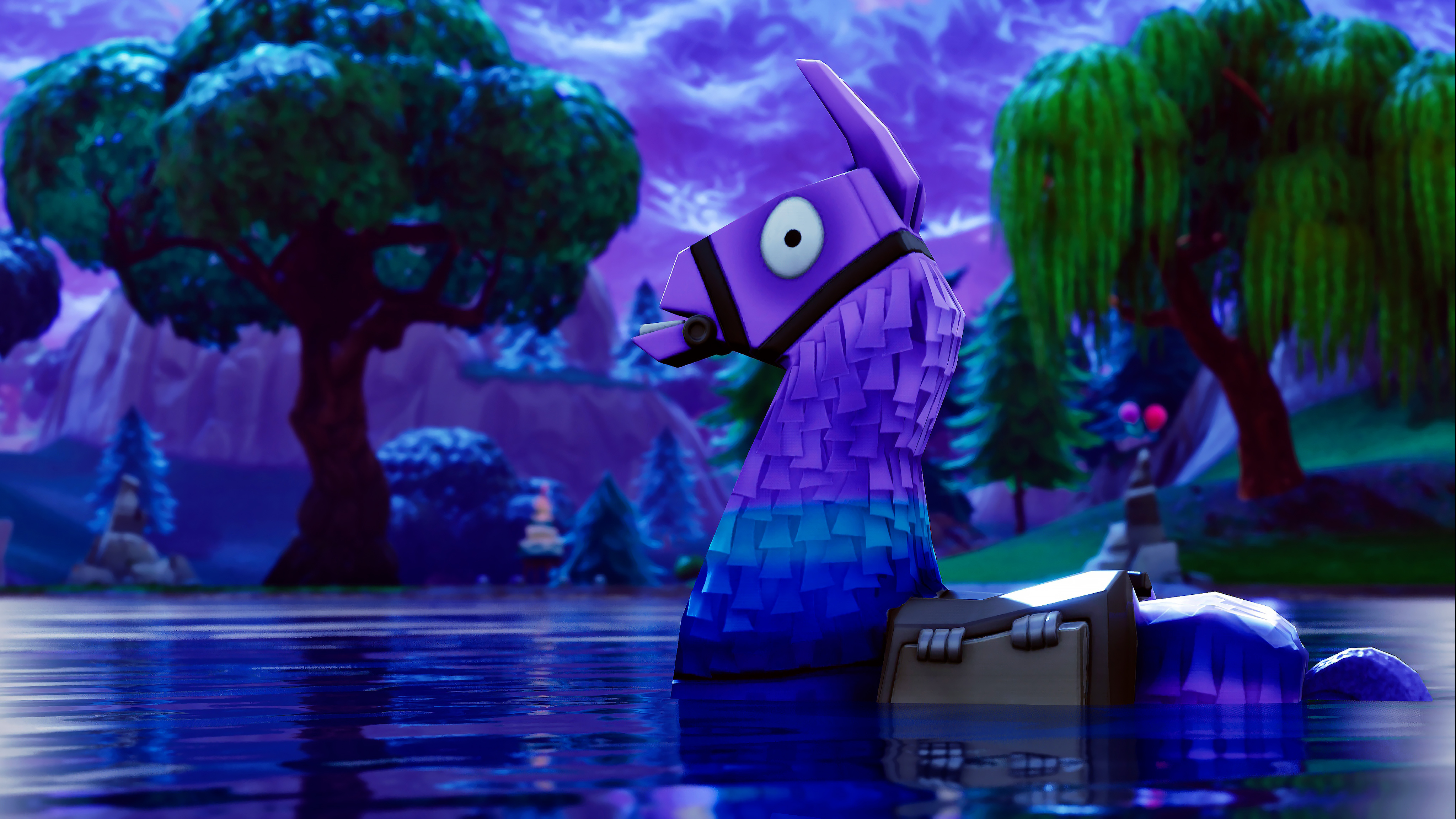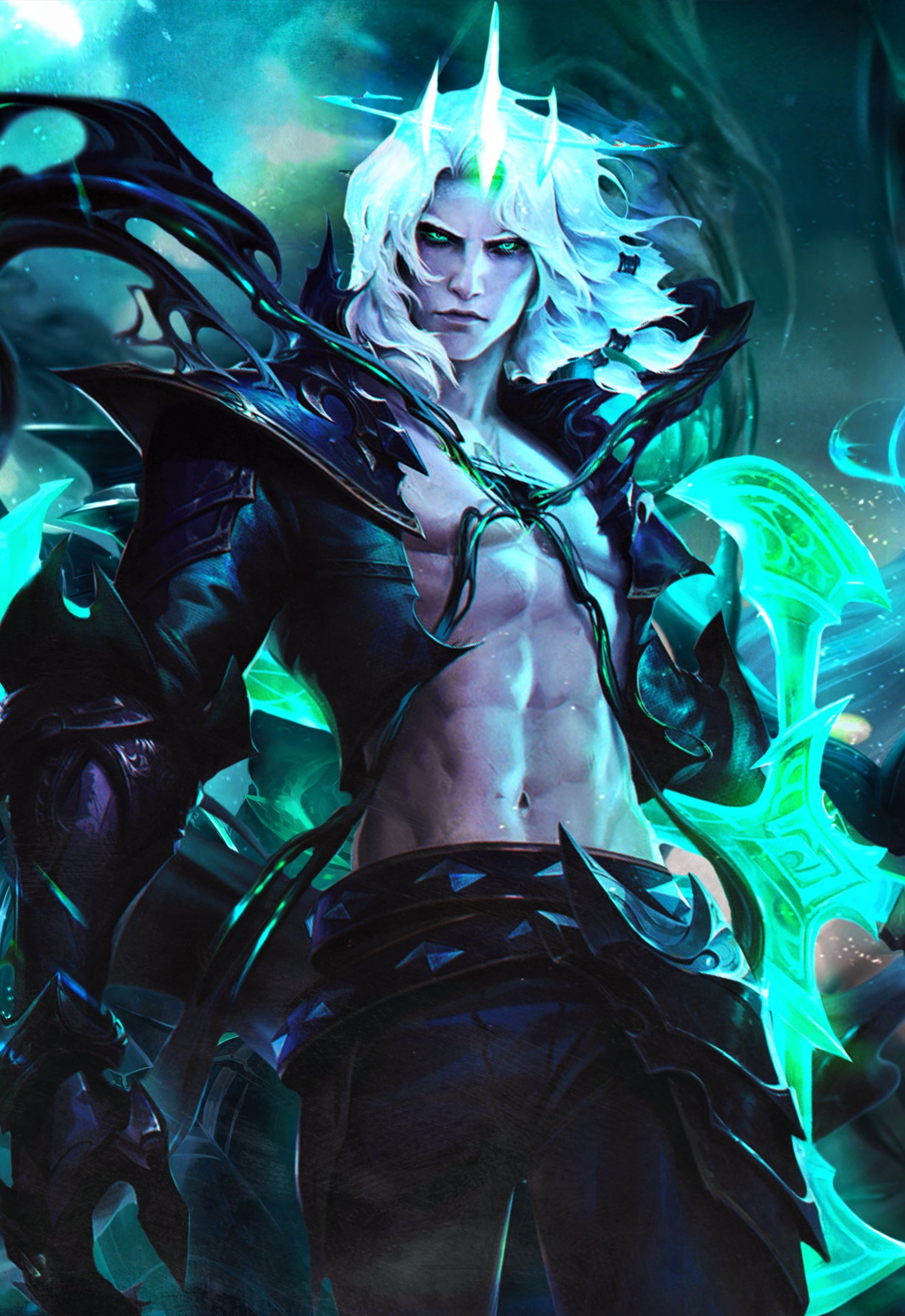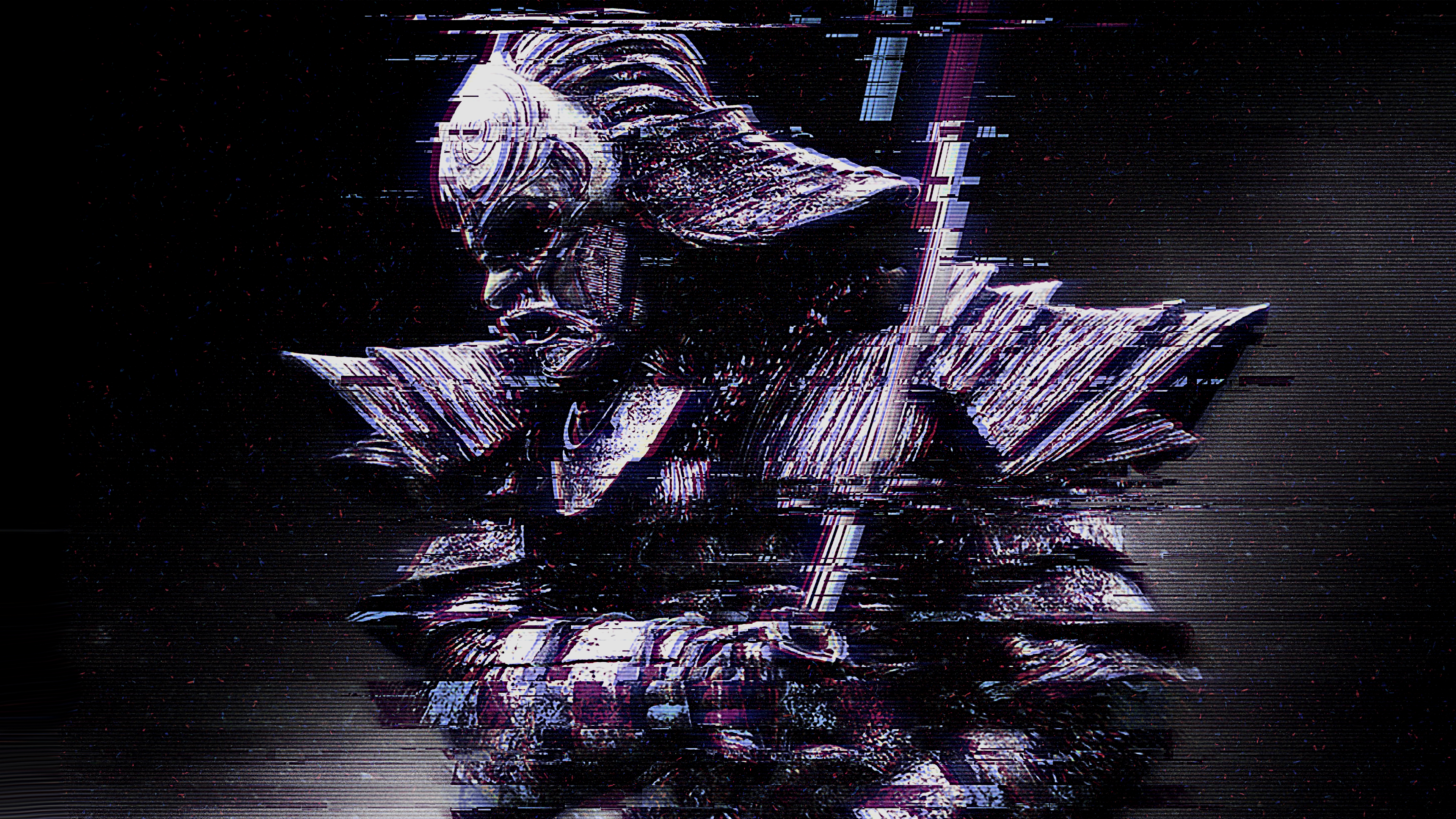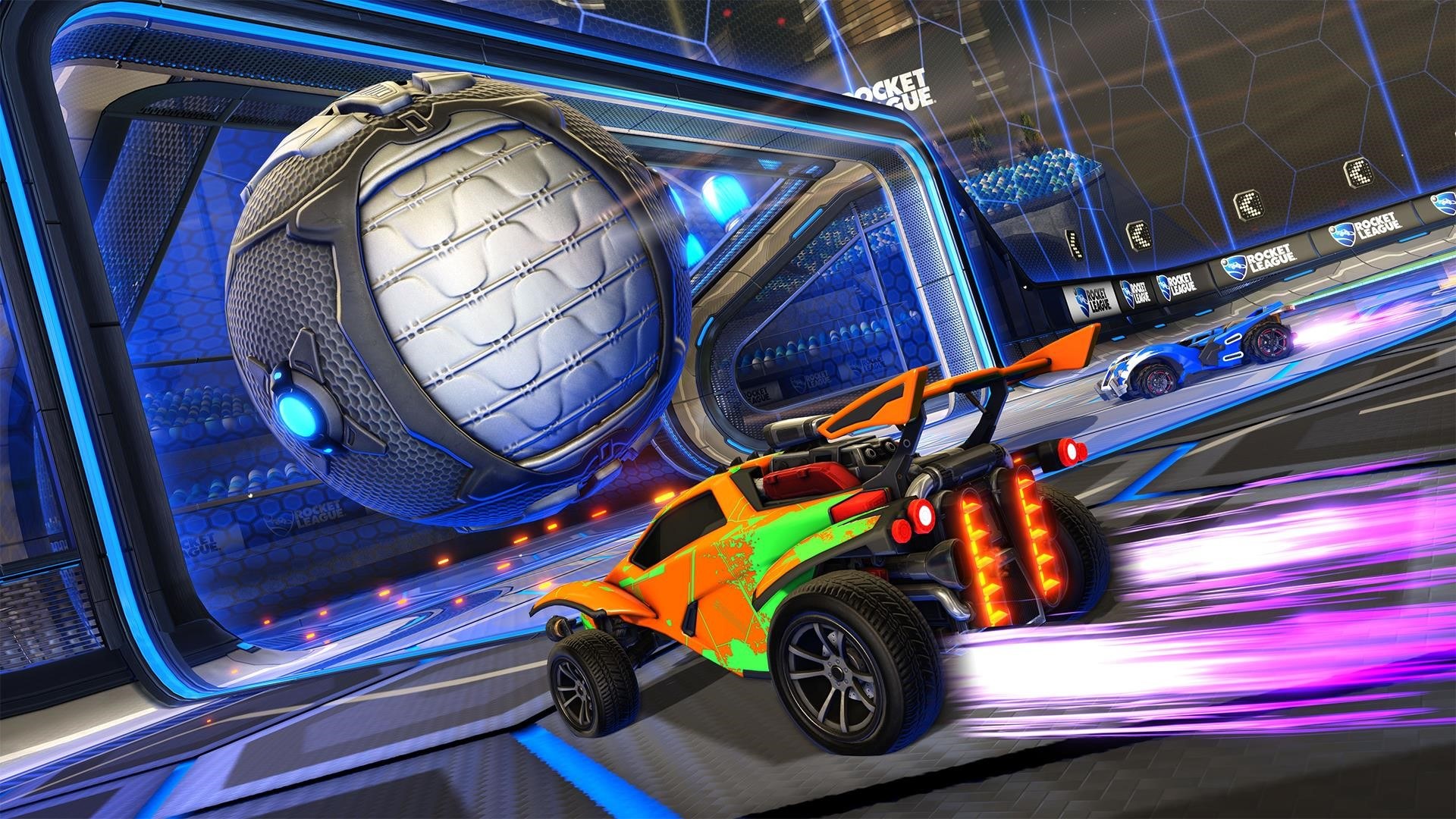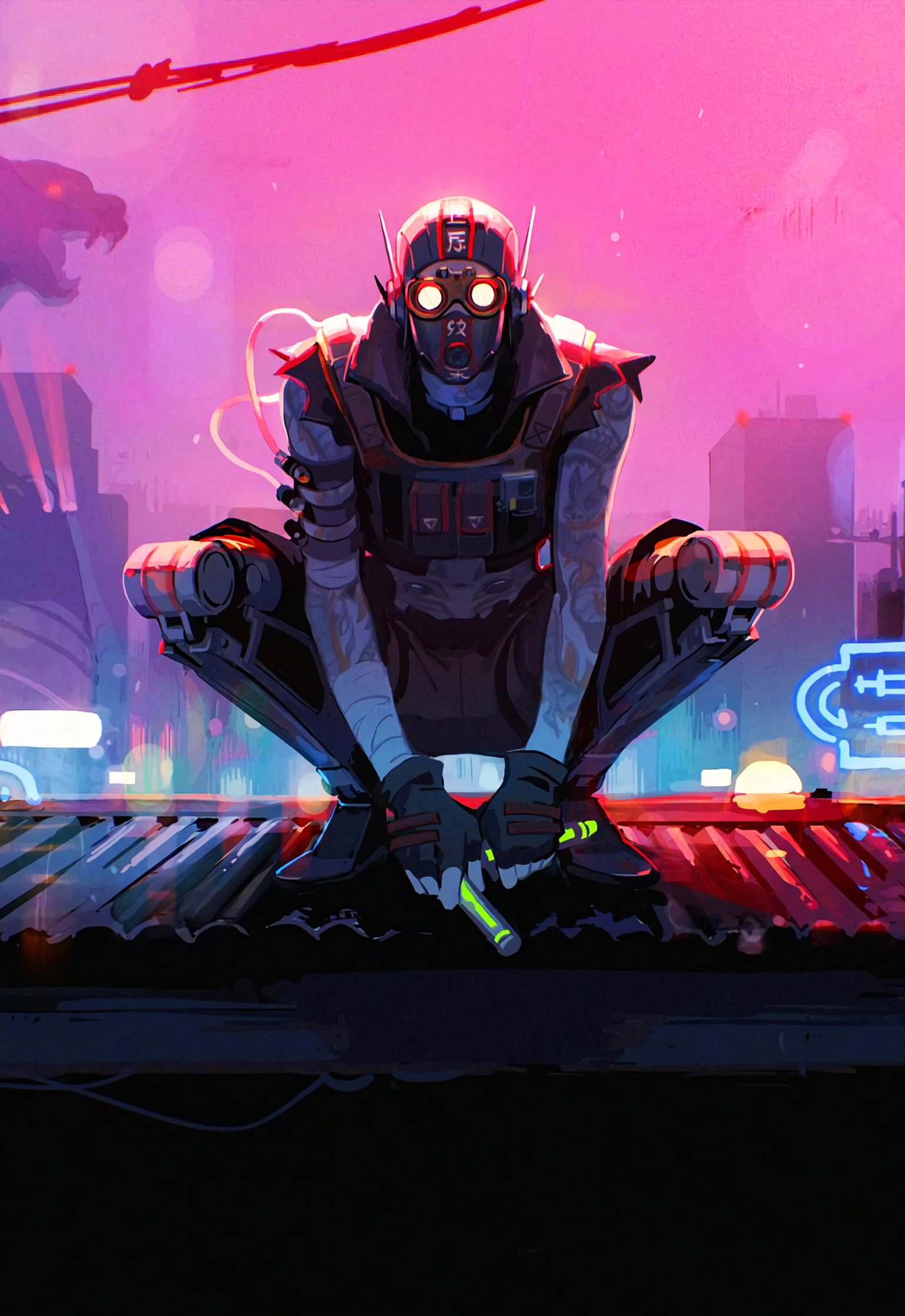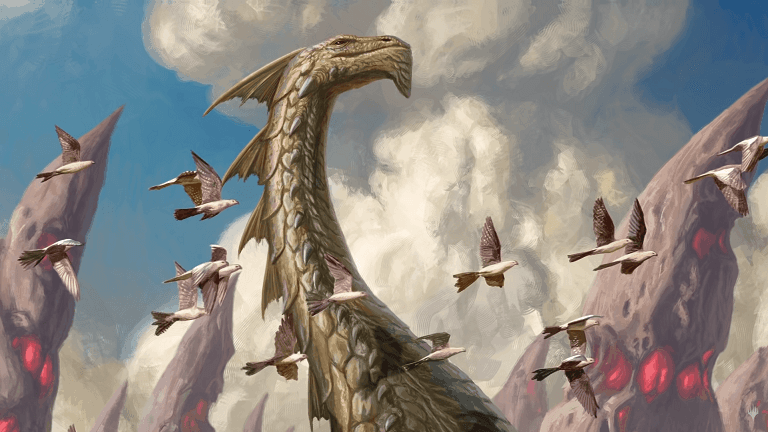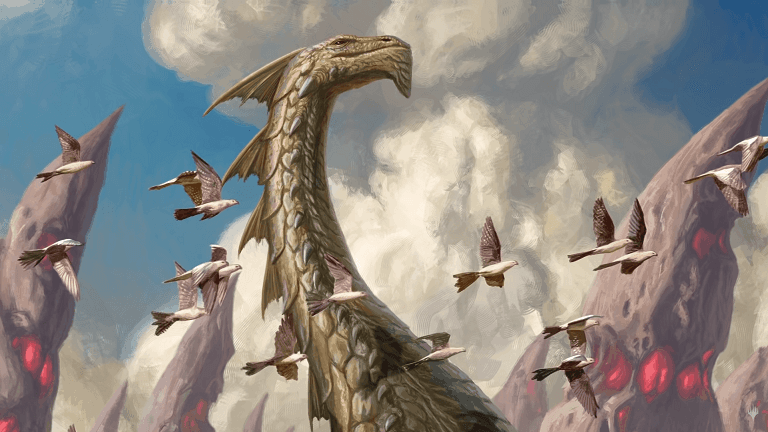
Mutate, a set mechanic from the upcoming Ikoria, Lair of Behemoths expansion for Magic: The Gathering, is causing quite a bit of confusion with its many interactions, exceptions and edge cases.
You might remember our Ikoria mechanics preview article from a few days back. In it, we went through the new elements of gameplay coming to MTG – namely Companion, keyword counters, and Mutate. Well, this last one has been stirring online discussions among the community all week.
The somewhat weird mechanic is proving hard to grasp for new players, and hard to play around and enforce for judges and experienced players. The issue lies with its many exceptions and weird interactions with older mechanics in eternal formats.
How does this thing work?
Mutate involves stacking cards in a pile. A creature with Mutate goes on top of another non-human creature (with or without the same keyword) to form one being using the stats, name, and colors of the top card, but also all abilities of the bottom one.
In the example below, a Cloudpiercer is mutating with a Mosscoat Goriak. In the example on the left, this is a 5/4 red Coloudpiercer with Reach, Vigilance, and “Whenever this creature mutates, you may discard a card. If you do, draw a card.” On the example on the right, this is a 2/4 Masscoat Goriak with Reach, Vigilance, and “Whenever this creature mutates, you may discard a card.” Easy, right? Wrong.
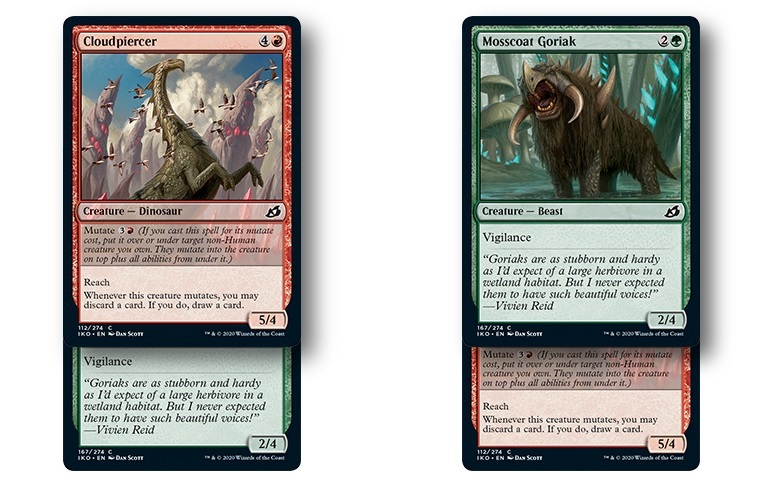
Exceptions and weird interactions
Well, it is easy in isolation. Using only cards from Ikoria, like in a Draft or Sealed play, you should have no issues with Mutate. What about eternal formats like Commander and Cube, though? This is where things get wacky.
Here’s a short list of potential craziness:
- Flicker effects (causing a creature to go in exile and immediately come back to the battlefield) will “split” the mutated creature into its two components, making it two separate creatures. (Example for a Flicker card is its namesake Flickerwisp.)
- Transform cards – when a condition on a Transform card that’s part of a Mutated monstrosity is met, the parts of the creature with Transform are flipped over. The other one is not. (Example of a Transform card is Thing in the Ice.)
- Undying, Persist – creatures with these keywords come back to the battlefield with a +1/+1 or -1/-1 counter respectively. If a creature with one of these is part of a Mutant and dies, both components come back on the Battlefield with the respective counter. (Example of Undying card is Sightless Ghoul.)
The list goes on. What’s important to understand is that a pile of creatures combined with Mutate is treated as one creature with all of the keywords and abilities of all creatures in it. When it exits the battlefield (dies, gets exiled, etc.) and then re-enters, it comes as all those creatures that used to be piled up, now separate.
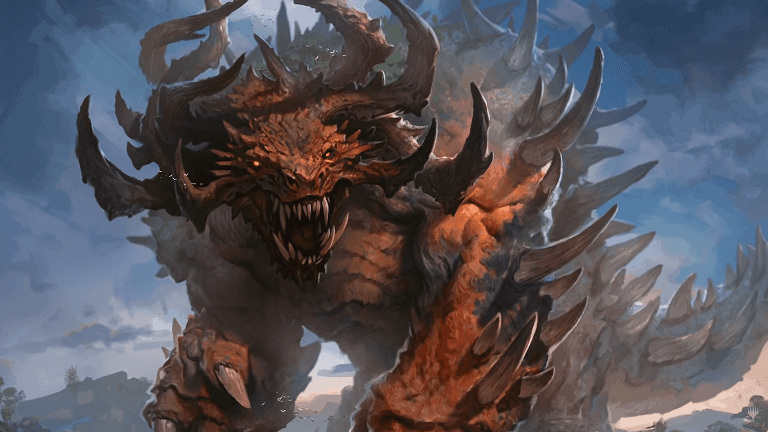
What should we make of this?
While Wizards of the Coast has never shied away from inventing crazy, game-changing, out-of-the-box mechanics that mess with every single concept to Magic’s game design, Mutate is definitely a strange choice.
While undeniably on-theme for Ikoria, this rule messes drastically with the way we’re used to playing creatures and interacting with them. Of course, if the mechanic never sticks, it will be gone from the eternal formats in less than a year and we’ll forget about it. However, one or two good Commander or Modern cards – and we’re certainly expecting to see such! – will integrate these somewhat clunky interactions deep within MTG gameplay.
Two conclusions can be made. First, both this mechanic, as well as Companion, are very reminiscent of other card games such as Yu-Gi-Oh! and Hearthstone, confirming that the Magic R&D team is paying close attention to its competitors and taking notes.
Second, all this confusion is applying strictly to the paper aspects of Magic, where players need to understand and enforce the rules themselves. This is not an issue in MTGA, where the computer takes care of all of this, so it’s safe to say that Magic has its priorities lying in MTGA first, and paper Magic second.


